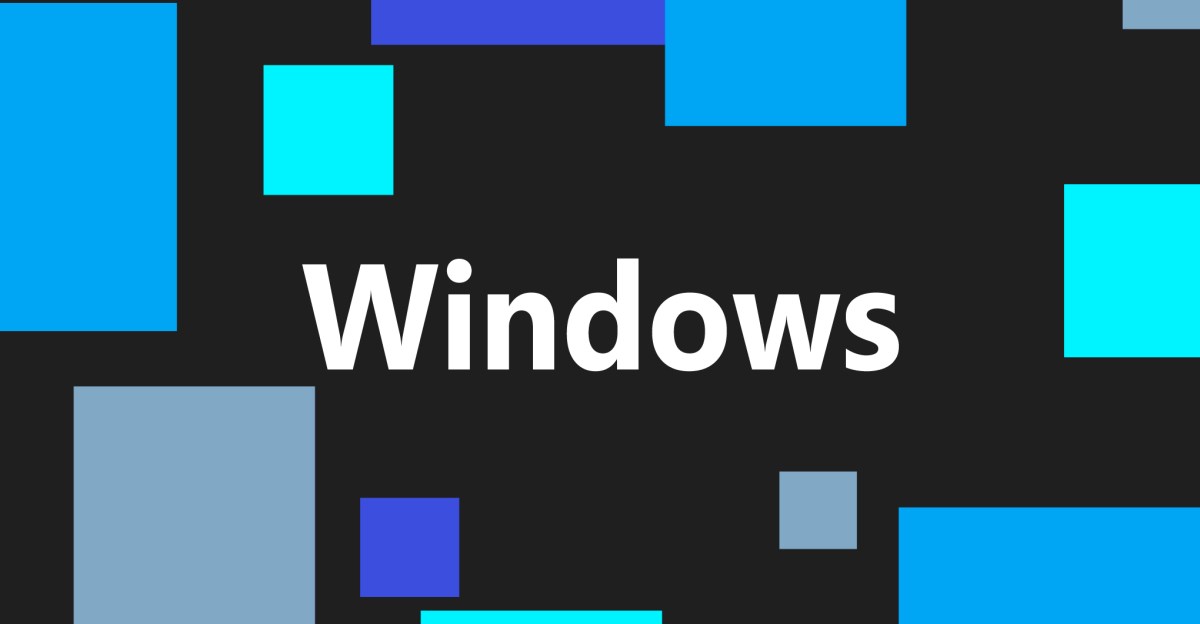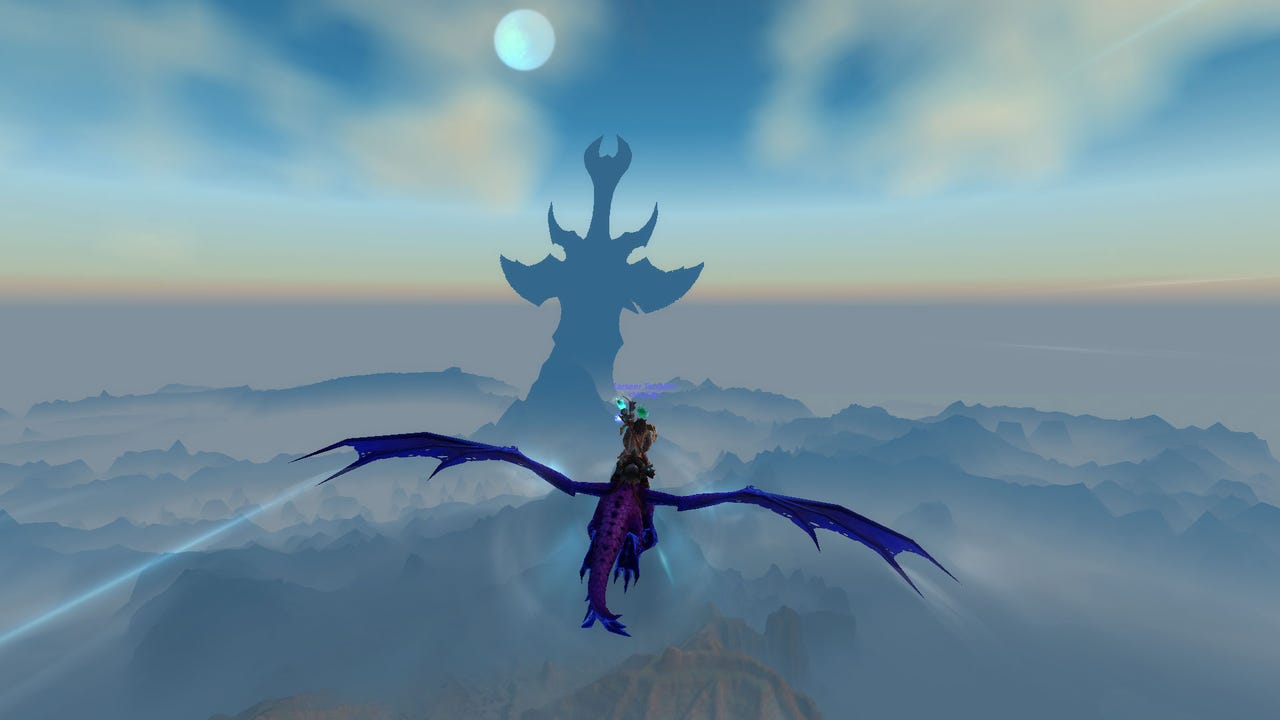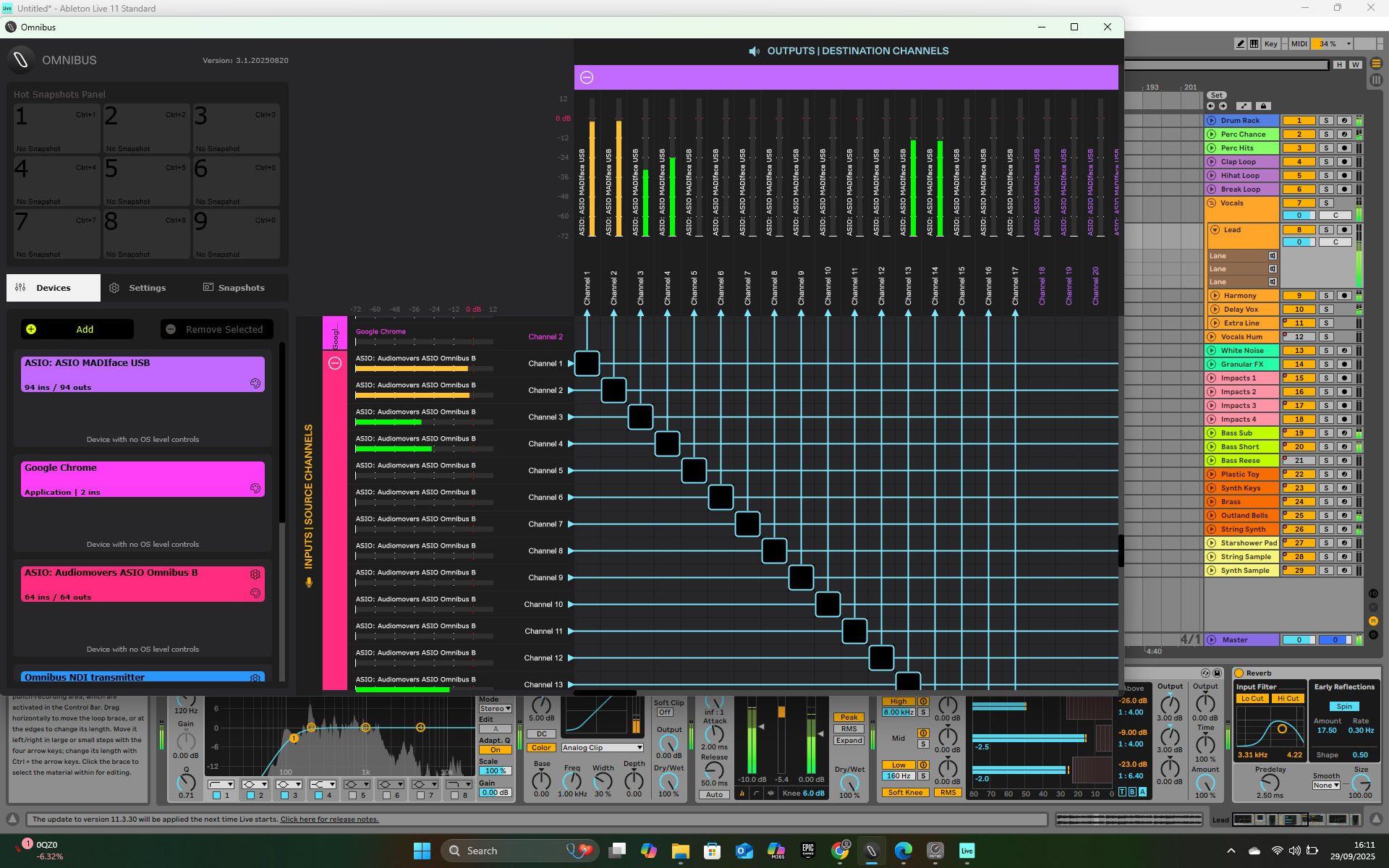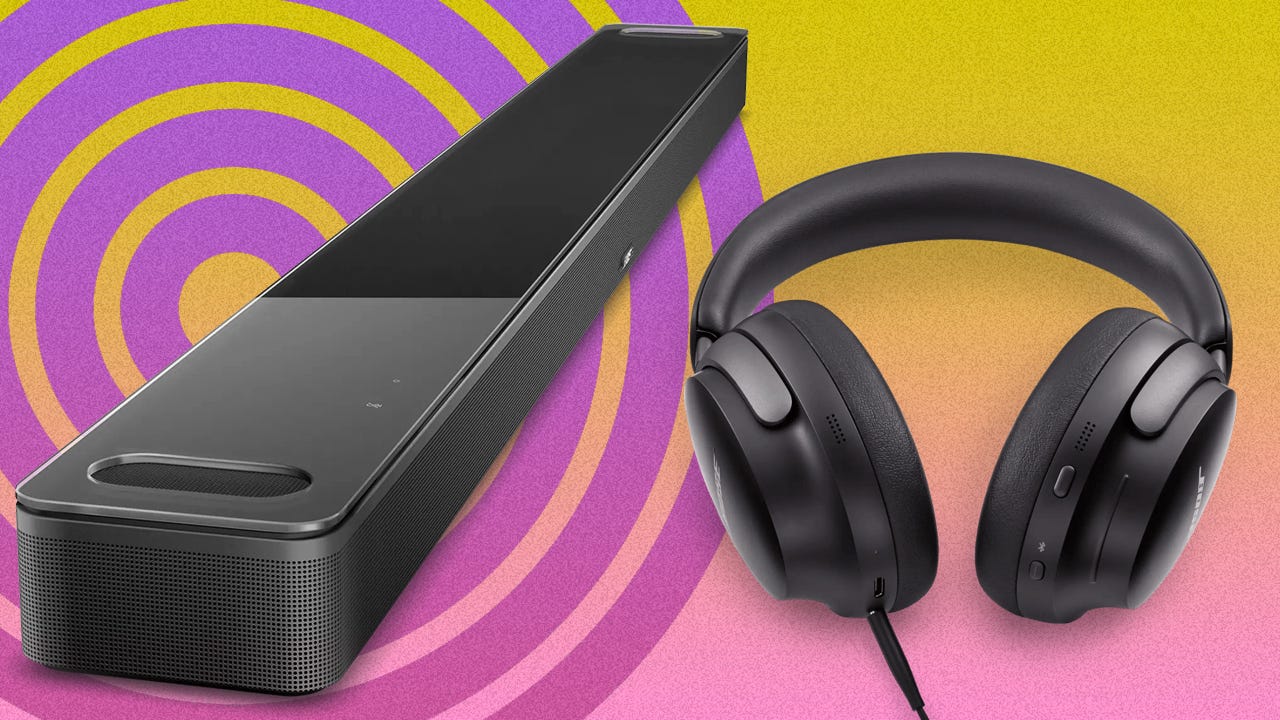Just because Amazon coined Prime Day doesn’t mean other retailers can’t join in on the deals bonanza. eBay, for example, just kicked off its own Holiday Sale today with an extra 20% off coupon code “HOLIDAYREADY” that works on select retailers…
Category: 4. Technology
-

Microsoft is plugging more holes that let you use Windows 11 without an online account
Microsoft is cracking down on bypass methods that let Windows 11 installs use a local account, and avoid an internet requirement during the setup process. In a new Windows 11 test build released today, Microsoft says it’s removing known…
Continue Reading
-
Perplexity's Comet AI Browser Is Now Free for Everyone – TechRepublic
- Perplexity’s Comet AI Browser Is Now Free for Everyone TechRepublic
- Perplexity CEO: Comet AI browser can boost productivity so companies won’t have to hire more people CNBC
- How Will Perplexity’s Comet AI Impact Internet Browsing? AI Magazine
Continue Reading
-

Wasm 3.0: No Component Model and No ‘Docker Moment’
Let’s just say Wasm 3.0 is an important release. And yet, the component model has not yet been completed. We can say that the great, widely anticipated “Docker moment” for WebAssembly has not yet been achieved.
My idea of the…
Continue Reading
-

Blue Buffalo x Olivia Culpo
Blue Buffalo x Olivia Culpo have launched a new treats-focused campaign that brings pets into the heart of game day celebrations. Featuring Culpo and her dog, Oliver Sprinkles, the initiative spotlights ‘BLUE Nudges Steak Grillers,’ ‘Homestyle…Continue Reading
-

Jeff Bezos Brought His Silver Stubble to Paris Fashion Week
Photo: Swan Gallet/WWD via Getty Images
I’m so sorry to tell you that one of the most famous bald…
Continue Reading
-
Gemini 2.5 Flash: Google’s AI Image Editor Is Now Available In Full – eWeek
- Gemini 2.5 Flash: Google’s AI Image Editor Is Now Available In Full eWeek
- 4 tips for using Nano Banana to create amazing images The Keyword
- Gemini 2.5 Flash Image now ready for production with new aspect ratios Google for Developers Blog
- Nano…
Continue Reading
-

World of Warcraft Leads Say the Worldsoul Saga Will Eventually Address the Sword of Sargeras: ‘Metzen Promised and Metzen Doesn’t Lie’
There’s an elephant in the room in every discussion of World of Warcraft’s upcoming expansion, Midnight. Or should I say, a sword. A really, really big sword.
I’m talking about the Sword of Sargeras, an absolutely colossal weapon bigger than a…
Continue Reading
-

Audiomovers Releases Omnibus 3.0 for Windows
PC users can now route complex multichannel mixes or immersive formats without the need for extra hardware, and send audio between computers over a network with minimal delay.
London, U.K. (October 6, 2025)—Continue Reading

Five tips to fast track your promotions in Donkey Kong Bananza’s Emerald Rush DLC
If you’ve recently taken up employment with Void Company in the Donkey Kong Bananza: DK Island & Emerald Rush paid DLC, then listen up! We’ve got a bunch of tips that’ll not only make meeting your emerald quota a breeze, but have you…
Continue Reading
